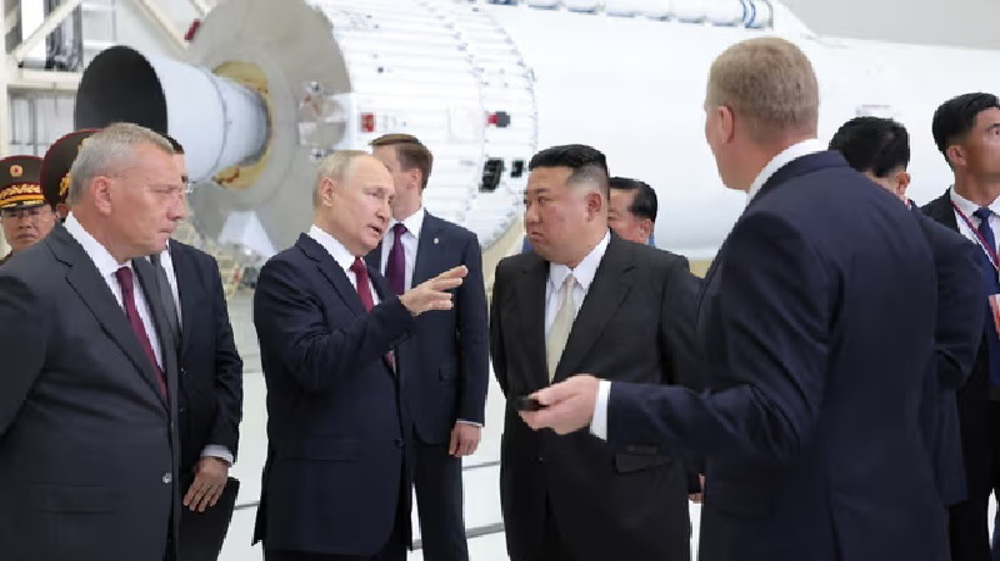The leader of the Democratic People’s Republic of Korea, Kim Jong Un, traveled to Russia this week for a summit with Russian President Vladimir Putin.
The DPRK’s Kim, who hopes to develop satellite technology, visited the Vostochny cosmodrome.
I’m honored that President Putin has shown a deep interest, provided an opportunity to engage in a conference at a space launch facility, and, given us a chance to gain deeper understanding of the current and future of a space power.
Kim Jong Un, Leader, Democratic People’s Republic of Korea
The DPRK leader also toured a jet fighter facility as Russia and the DPRK deepen their relations, warnings from the US against DPRK Russia cooperation continued, this time from officials planning extended deterrence with their South Korean counterparts.
In the context of mounting DPRK threats to regional stability, the United States will continue its efforts to counter any and all threats to the US ROK alliance.
Bonnie Jenkins, US Undersecretary of State for Arms Control
The US strategy of extended deterrence refers to the so called nuclear umbrella, the US commitment to use all of its forces, including nuclear weapons, in defense of an ally, in this case, South Korea.
South Korean President Yoon Suk Yeol has sought to strengthen that commitment with the routine deployment of US nuclear capable weapons.
Experts in Seoul, however, feel that the deployment of more US weapons causes the DPRK only to invest further in its own military deterrence.
These actions by South Korea, the United States, and, Japan, are not contributing to eliminating the DPRK’s nuclear weapons, but bringing the DPRK, China, and Russia closer and militarily strengthening the country.
So the attempted deterrence of the DPRK nuclear program is actually causing its nuclear program and missiles to be strengthened.
Lee Tae-Ho, People’s Solidarity for Participatory Democracy
Earlier this week, South Korea announced its intention to purchase 25 more US F 35 joint strike fighter jets.




